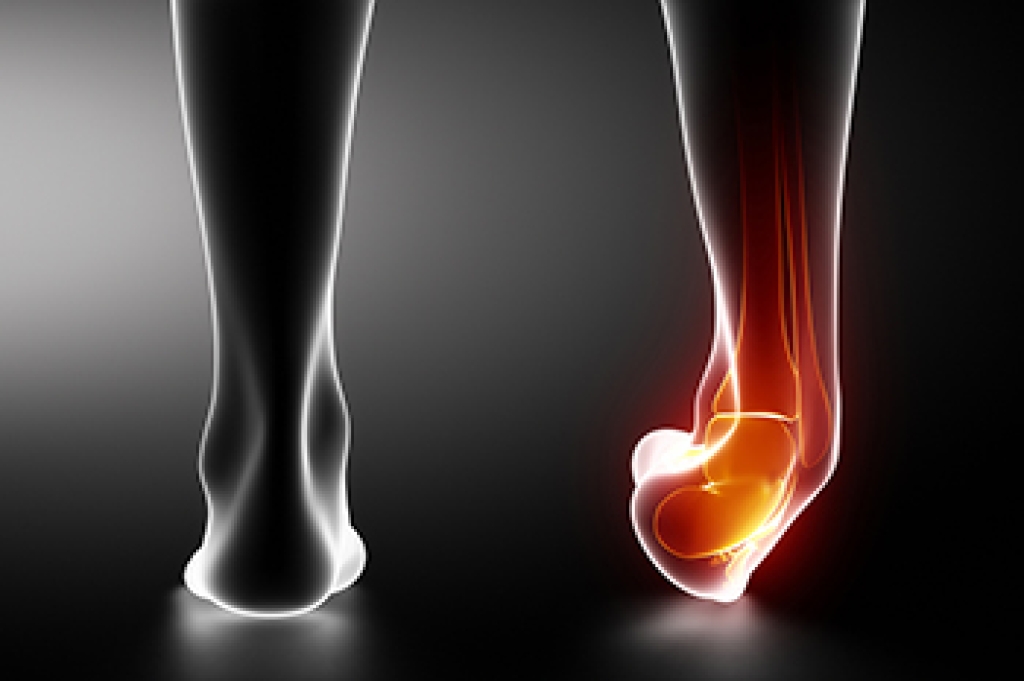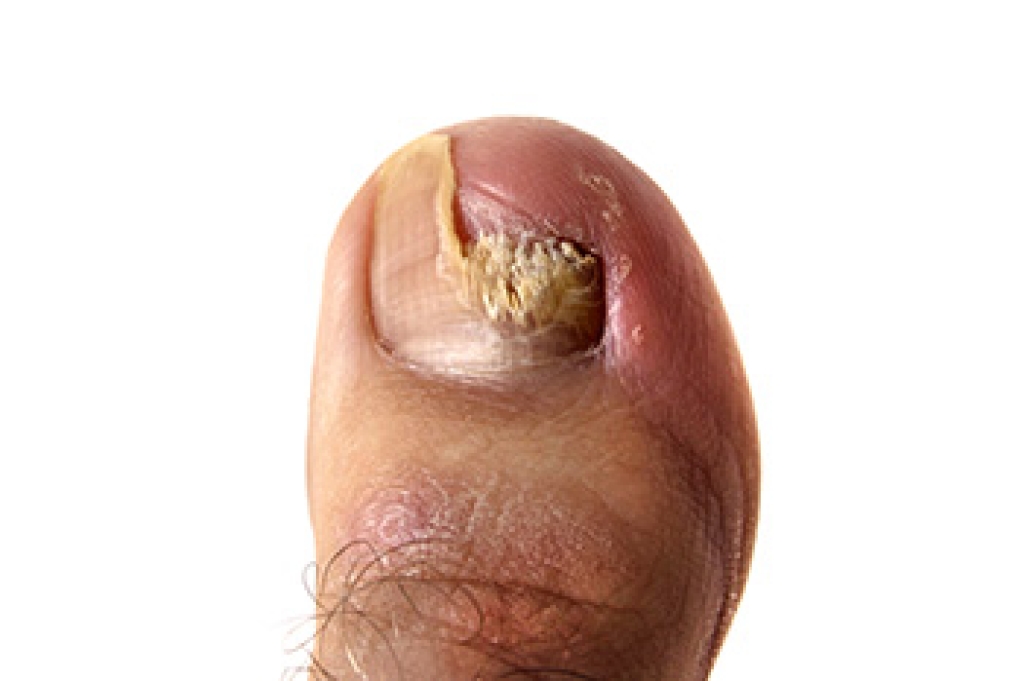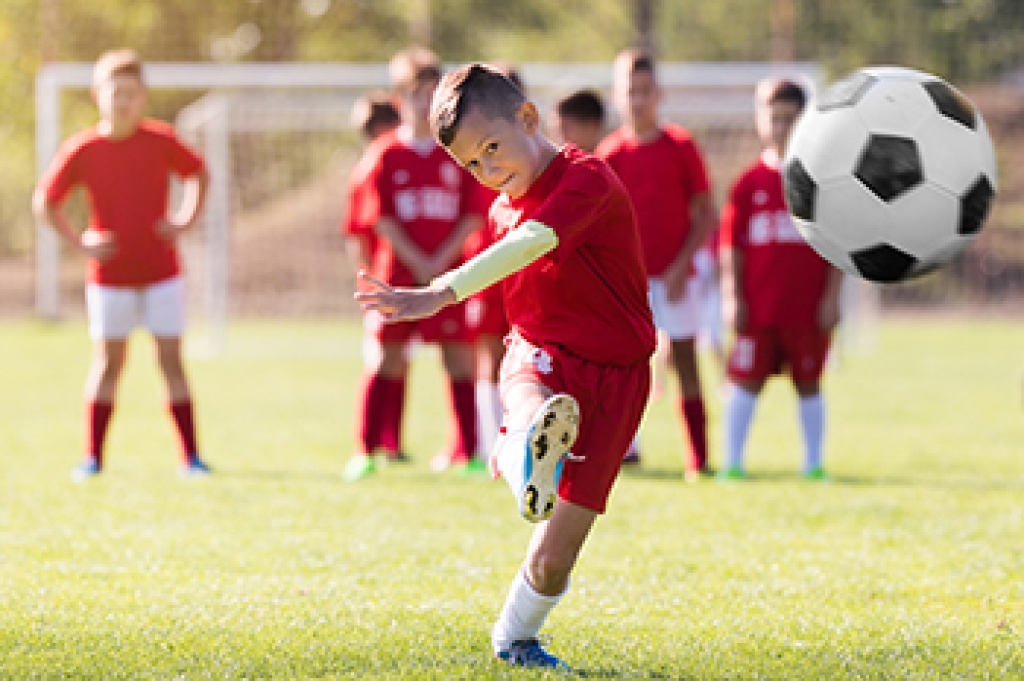
Recurrent ankle sprains often occur when the ligaments that support the ankle become weakened or overstretched from previous injuries. Each sprain can stretch these ligaments further, reducing stability and making the ankle more prone to rolling inward or outward during activity. The most frequently affected ligament is the anterior talofibular ligament, which helps keep the ankle from turning excessively. Symptoms of recurring ankle sprains include pain, swelling, tenderness, and a sense that the ankle gives way. Chronic ankle instability can develop if the ligaments and surrounding muscles lose their ability to properly stabilize the joint. A podiatrist can assess the degree of ligament damage and evaluate ankle alignment through physical examination and imaging. In some cases, surgery may be required to restore ligament strength and joint stability. If you have repeatedly sprained an ankle, it is suggested that you schedule an appointment with a podiatrist for a diagnosis and appropriate treatment options.
Although ankle sprains are common, they aren’t always minor injuries. If you need your ankle injury looked at, contact Cary Golub, DPM from New York. Our doctor can provide the care you need to keep you pain-free and on your feet.
How Does an Ankle Sprain Occur?
Ankle sprains are the result of a tear in the ligaments within the ankle. These injuries may happen when you make a rapid shifting movement while your foot is planted. A less common way to sprain your ankle is when your ankle rolls inward while your foot turns outward.
What Are the Symptoms?
- Pain at the sight of the tear
- Bruising/Swelling
- Ankle area is tender to touch
- In severe cases, may hear/feel something tear
- Skin discoloration
Preventing a Sprain
- Wearing appropriate shoes for the occasion
- Stretching before exercises and sports
- Knowing your limits
Treatment of a Sprain
In many cases, the RICE method (Rest, Ice, Compression, and Elevate) is used to treat ankle sprains. However, you should see a podiatrist to see which treatment option would work best with your injury. In severe cases, surgery may be required.
It is important to ask your doctor about rehab options after you receive treatment for your injury. Stretching, strength training, and balance exercises may help the ankle heal while also preventing further injury.
If you have any questions, please feel free to contact our offices located in Williston Park, and Long Beach, NY . We offer the newest diagnostic and treatment technologies for all your foot care needs.




